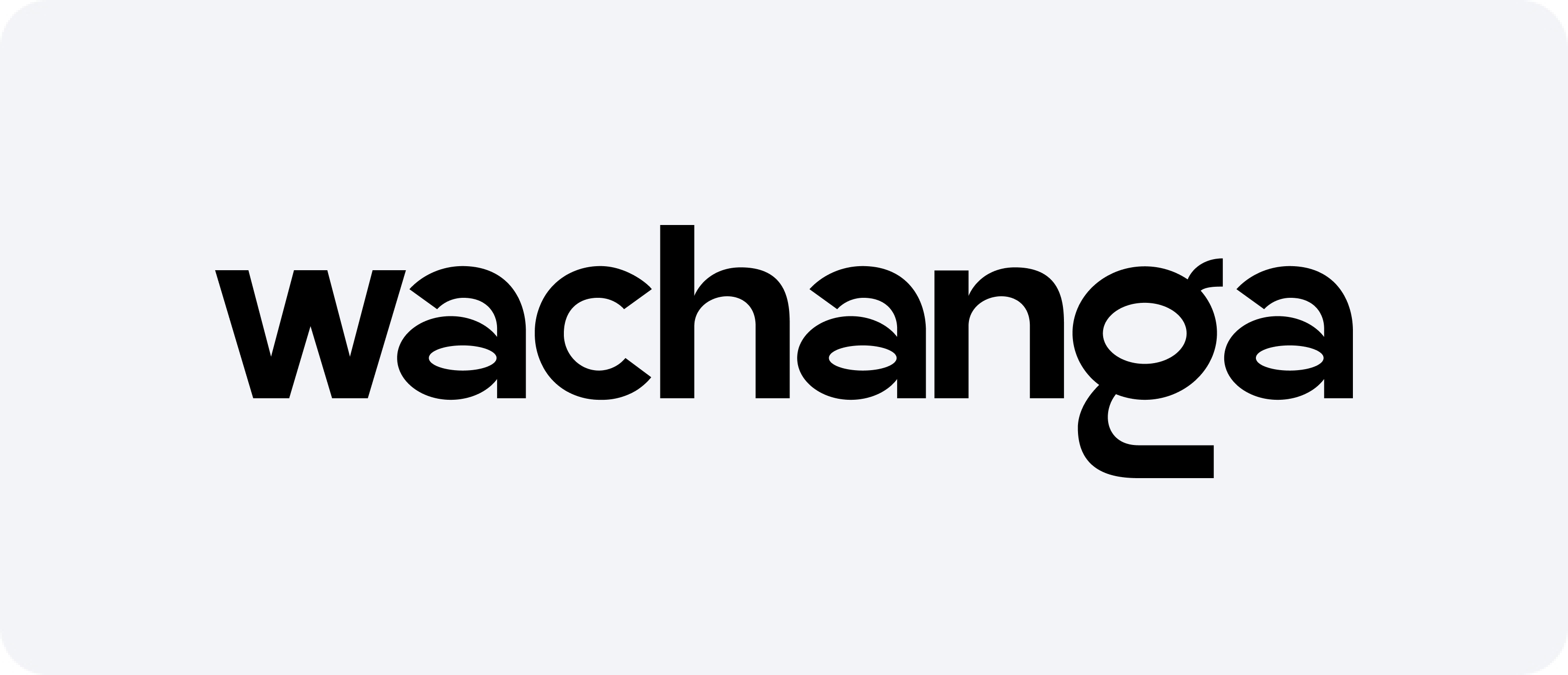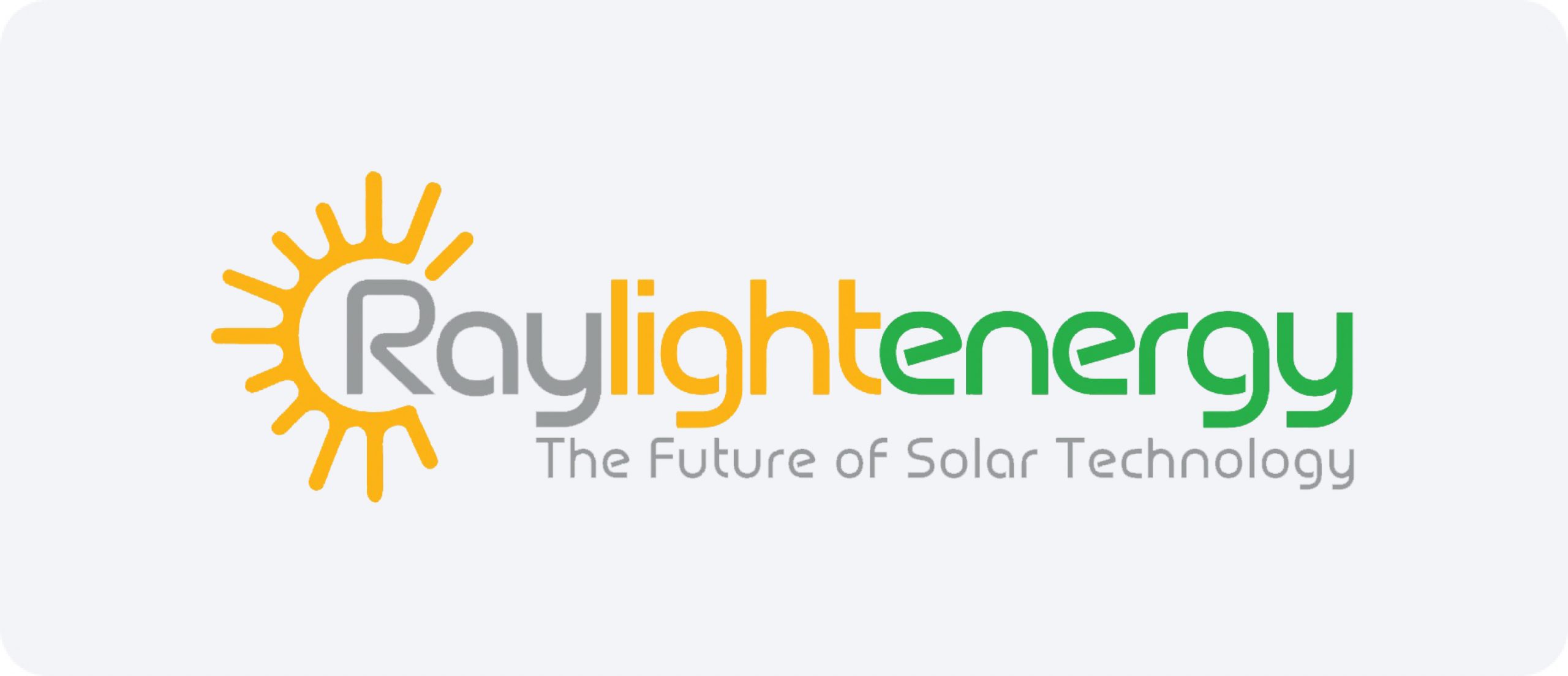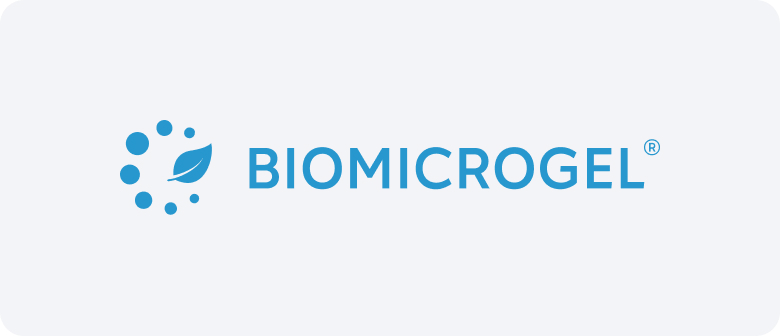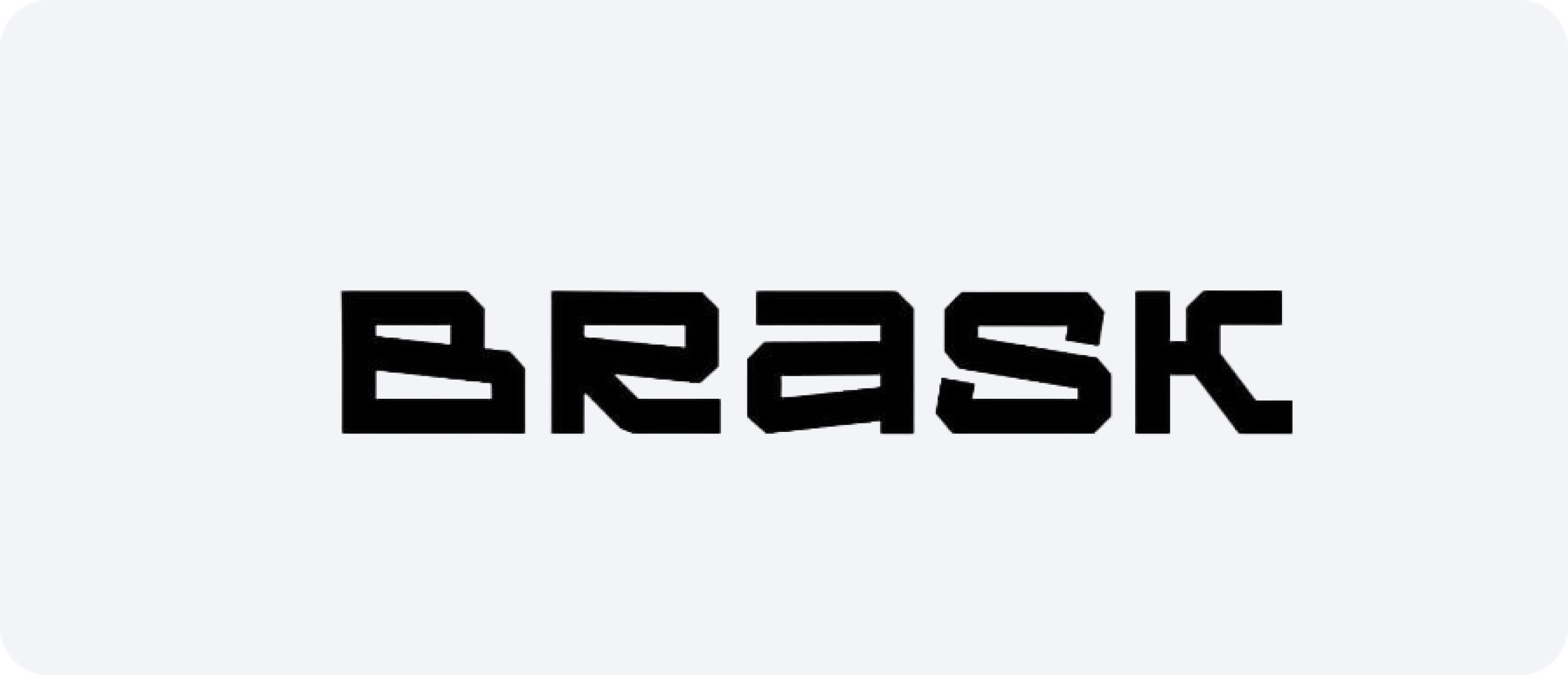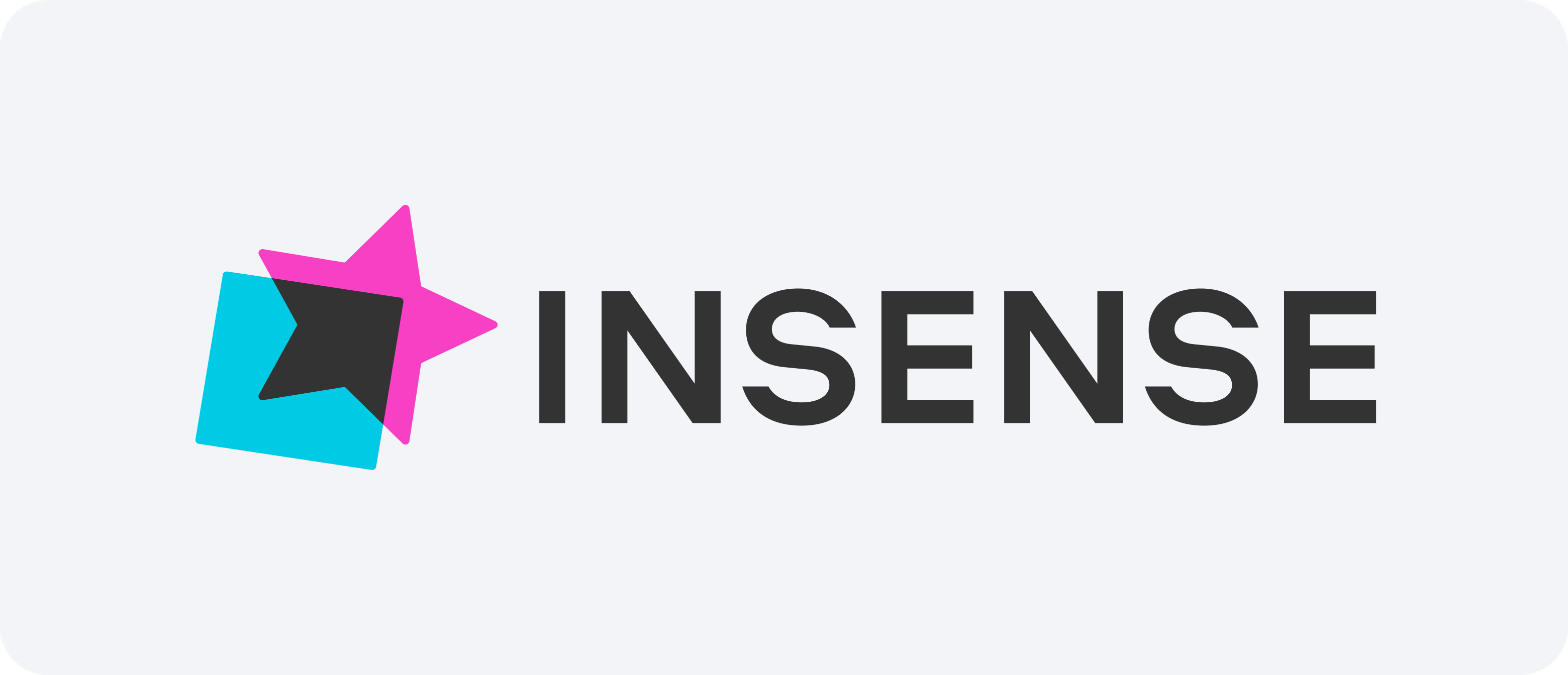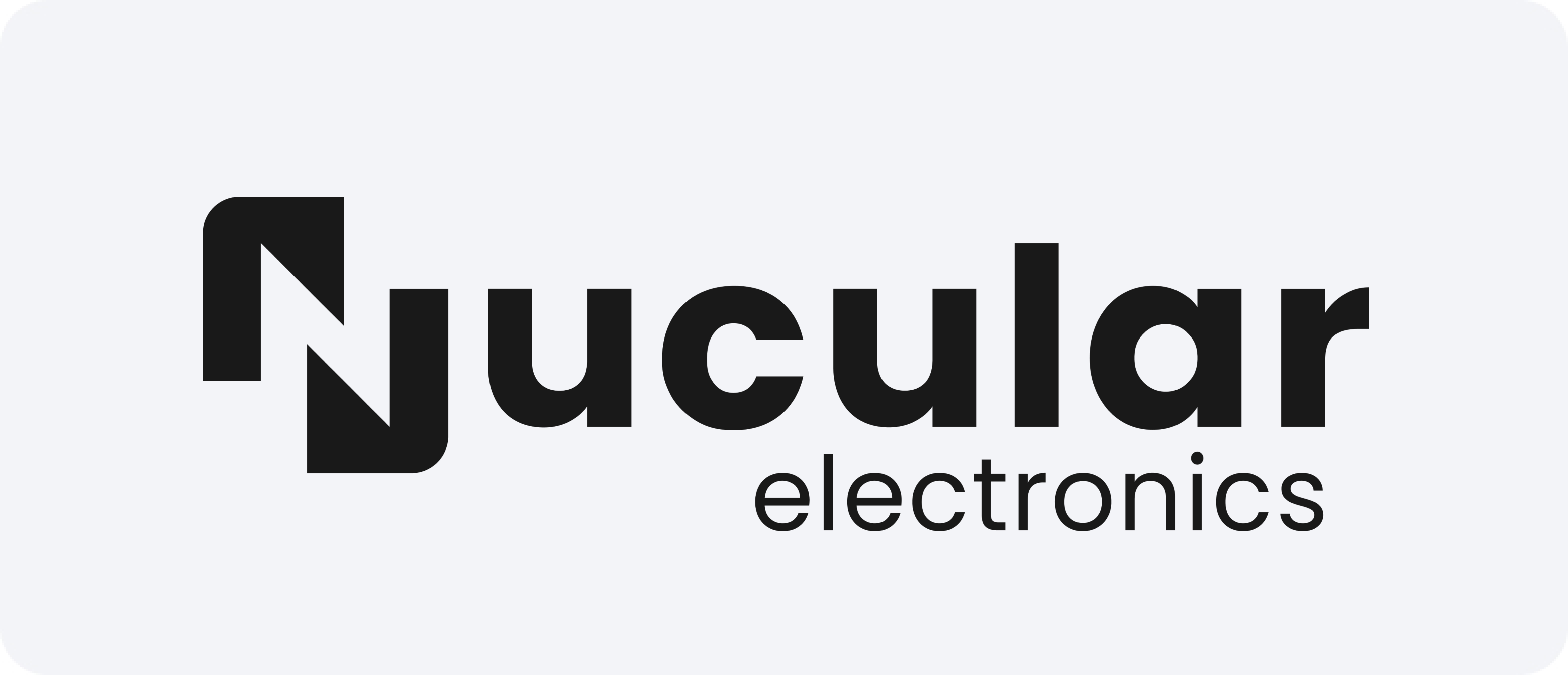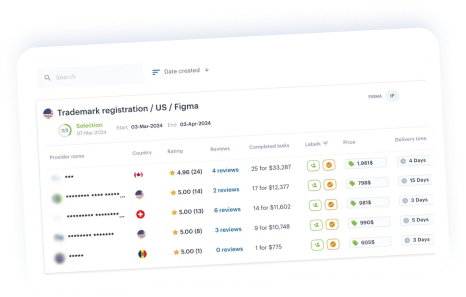Trademark Protectability Search in Герман
Conduct a search through trademark databases, identifying potential conflicts and verifying uniqueness. This method offers a secure way to establish brands, thus helping to avoid legal issues



Conduct a search through trademark databases, identifying potential conflicts and verifying uniqueness. This method offers a secure way to establish brands, thus helping to avoid legal issues







-
Nice class selection for TM based on your site or a short business description.
-
Searching for similar trademarks in the specified jurisdiction.
-
Comparing trademarks using AI, identifying risks, managing outputs and recommendations.
-
Creating a reliable online report directly in the chat window.

-

150 гаруй орны 800 гаруй IP хуулийн фирм, зэрэглэл, тойм
-

Даалгавар үүсгэх, холбогдох өмгөөлөгчийг олоход тусалдаг хиймэл оюун ухаанаар ажилладаг IP туслах
-

Тогтмол шимтгэл, баталгаатай үр дүн бүхий найдвартай, хурдан онлайн төлбөр
-

Бүртгэлийн процесст 24/7 нэвтрэх эрх, таны бүх тохиолдлын онлайн өгөгдөл хадгалах
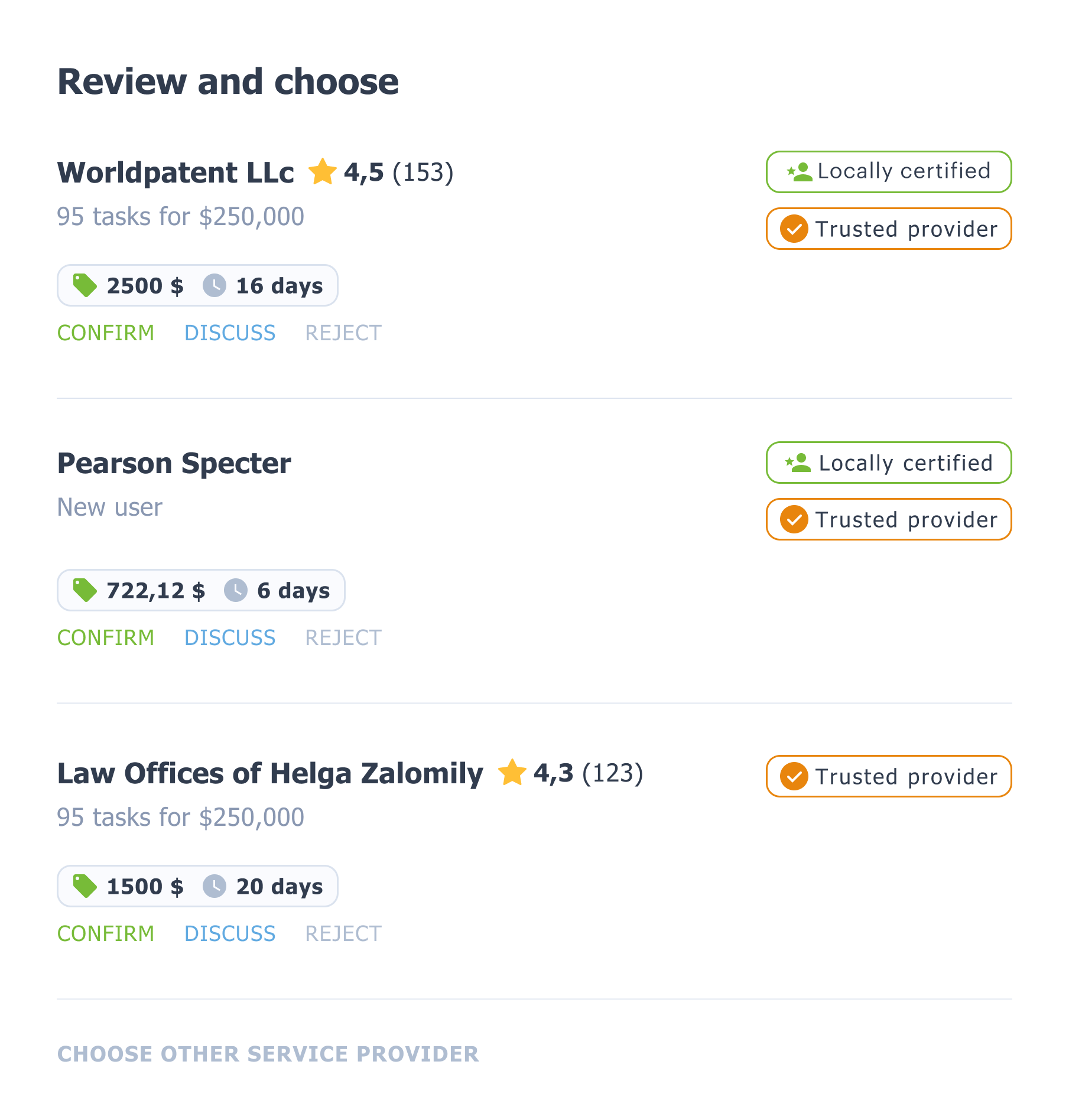
Trademark Search in Germany: Key Aspects of Protectability Review
Before registering a brand, conducting a comprehensive trademark search is a critical step for any company. This process allows applicants to evaluate whether their proposed sign is available and distinctive enough for protection under law. The failure to properly assess protectability can lead to costly oppositions, litigation, or rejection by the German Patent and Trade Mark Office (DPMA).
The investigation stage focuses not only on similarity to existing rights but also on compliance with legal standards, such as distinctiveness and non-descriptiveness. Let’s explore how to efficiently conduct a TM protectability investigation and avoid common pitfalls.
Importance of a Trademark Protectability Check
A proper trademark search ensures that your sign does not conflict with existing marks and meets all requirements for registration. Key benefits include:
- Avoiding Legal Disputes: Identifying earlier mark rights reduces the risk of opposition or infringement claims.
- Saving Resources: A rejected application leads to loss of official fees and branding investments.
- Strategic Planning: Knowing the mark landscape helps in creating stronger brand identities.
- Understanding Scope of Protection: The searching process highlights possible limitations of protection due to descriptiveness or lack of distinctiveness.
Without a thorough evaluation, the entire registration process may end in failure or lead to enforcement difficulties.
What Elements Are Checked for Protectability
A protectability assessment in Germany involves more than just comparing names or logos. It evaluates whether the sign satisfies legal conditions for being registered and used as a commercial identifier. The core aspects of this evaluation include:
1. Distinctiveness
The sign must be capable of distinguishing the goods or services of one business from others. Generic or descriptive terms are typically refused.
2. Absence of Descriptiveness
Marks that describe the nature, quality, quantity, or origin of goods/services cannot be registered.
3. No Deceptive Elements
If a sign misleads consumers about the nature or origin of goods/services, it will be refused.
4. No Conflict with Public Order or Morality
Certain terms may be deemed offensive or contrary to legal norms in Germany and are therefore unregistrable.
5. No Prior Rights
A vital part of searching is checking for earlier rights—such as registered marks, well-known brands, or geographical indications—that may conflict with the proposed sign.
How to Conduct a Protectability Evaluation in Germany
There are several methods for mark search depending on the depth and scope needed. Applicants can choose among basic or advanced levels of investigation.
Common methods include:
- DPMA Register Investigation: The German Patent and Trade Mark Office offers an online database for free initial checks.
- EUIPO and WIPO Databases: For cross-border protection, broader reviews covering EU and international registrations may be necessary.
- Commercial Tools: Offer advanced filters and AI-based similarity analysis.
- Hiring a Patent Specialist: Ensures a professional legal opinion and risk assessment.
Typical Checkpoint List
Here's a checklist of elements to review during a protectability evaluation:
1. Sign investigation in the DPMA database
2. Similarity in sound, spelling, and appearance
3. Goods and services classification comparison
4. Phonetic equivalents or translations
5. Earlier rights in the EU or international registrations
6. Non-registered but well-known marks
7. Possible conflicts with geographical indications
8. Public order, morality, or prohibited symbols
9. Translation risks for multilingual markets
10. Domain and social media name conflicts
Final Thoughts
A successful trademark application begins with a strategic and comprehensive investigation. For any business looking to operate in Germany, especially in a crowded or competitive market, the evaluation process is an essential investment. While basic digital tools can provide initial insights, consulting a qualified attorney significantly increases the chances of a successful outcome. Avoiding potential conflicts








